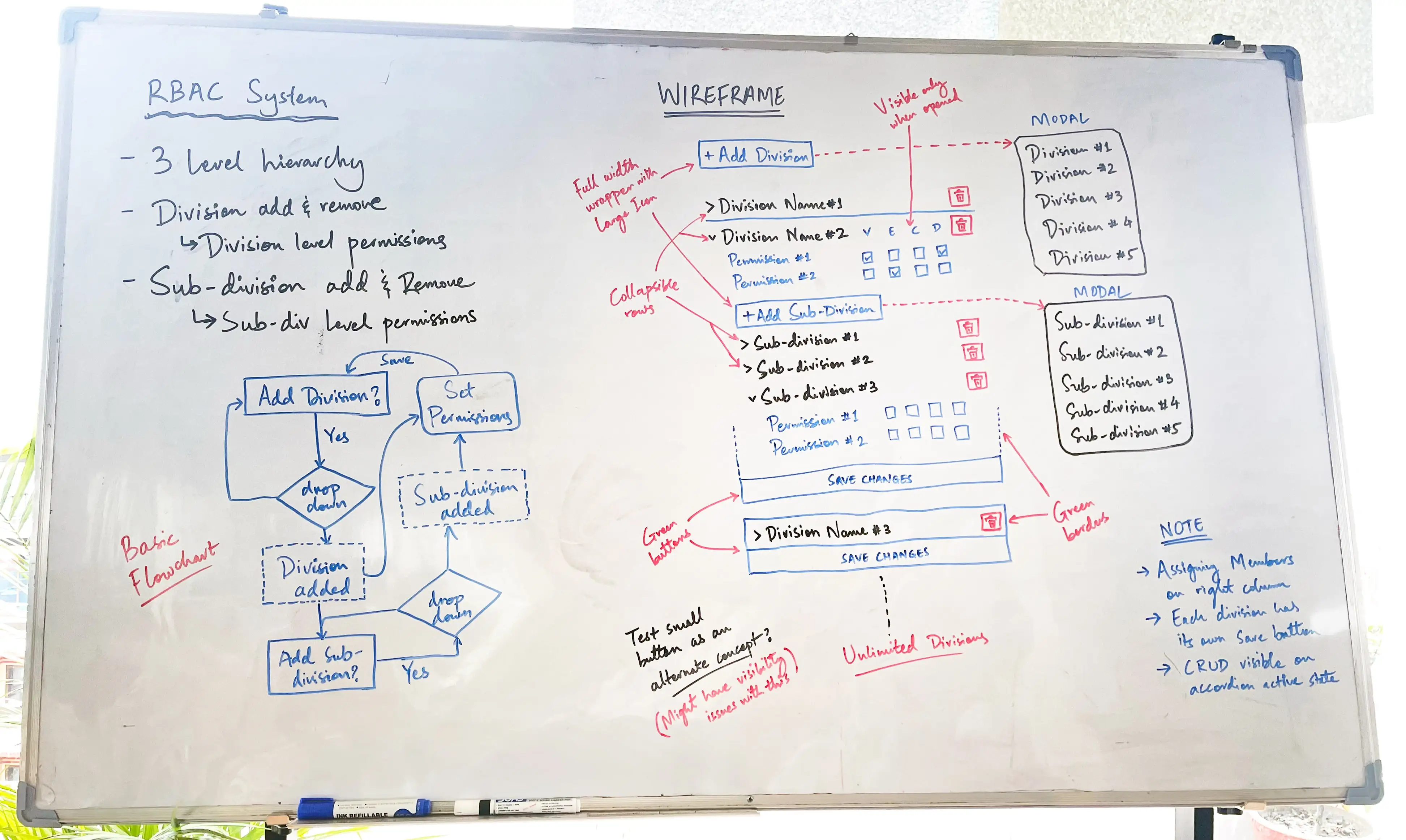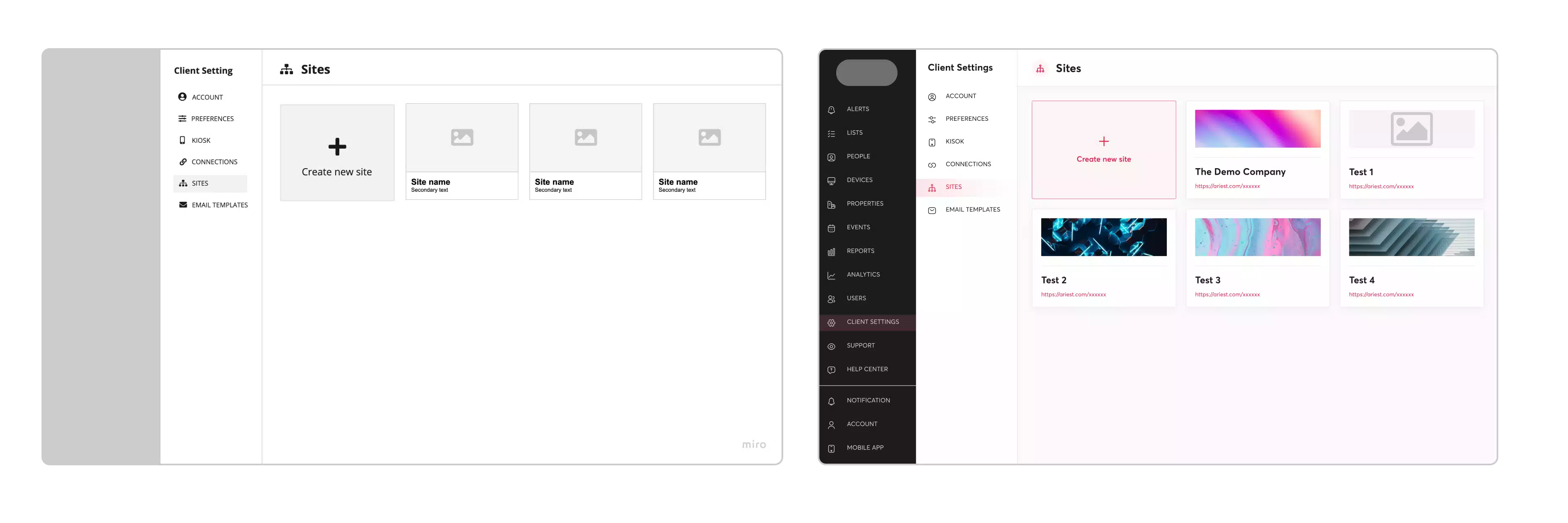Every organization has its own way of doing things.
Likewise, the design team at Gurzu has its own approach to product design. We believe that design is not just about aesthetics, it is about creating meaningful experiences that spark inspiration, and push boundaries. We want the product to be useful, user-centered, and intuitive. We want it to provide a positive experience to our users.
That is why, we do not directly get into design.
We work in iterations, continuously improving our designs and conduct design QA, to accomplish our target of creating truly exceptional experiences for users.
In this blog, I have explored the steps of product design that we follow at Gurzu. However, every project has its own requirements and there is no “one size fits all” solution for every project. That is why, a quick google search will show you various answers to what are the different steps of product design.
However, this is the basic blueprint that team Gurzu sticks to, and that has worked perfectly for us over the years.
Step One: Understand
The “Understand” stage of a Product Design process is the first phase in the process and is focused on gaining a deep understanding of the problem that the team is trying to solve. The goal of the “Understand” stage is to ensure that the team has a deep and shared understanding of the problem and user needs, which will inform the design and development of potential solutions in later stages of the process.
This stage is critical for setting the foundation for the rest of the process and helping to ensure that the solutions developed are relevant, user-centered, and effective.
In this stage, the product team usually sits together to figure out the deep understanding of the problem and user needs. Some methodologies we use are:
- User Interviews
- How might we approach (HMW)
- Sitting down with the product owners, and considering the business goal
The team defines problem statements, conducts user research, market research, and synthesizes their findings in this stage.

Clients provide insights into the business goals and objectives tied to the product. Understanding these objectives helps designers align the product design with the client’s strategic vision.
Here are some examples of questions we ask ourselves and to clients during this phase:
About the problem:
- What problem is this project trying to solve and what are we trying to learn from it?
- What should and what shouldn’t this project try to achieve?
- What existing data or research do we have on this problem?
About the users:
- Who are the primary users? Are there any subgroups?
- What are the major pain points of the users?
- What are their current workarounds?
Step Two: Define
In the define phase of a product design process, the design team evaluates everything they learned in the understand phase to establish focus on the potential problem the product is trying to solve.
By the end of the Define phase, the problem to be solved should be clearly stated, the design challenge framed, and the goals and objectives set.
The team should also be in place, ready to move on to the next phase of the design process. The success of the Define phase is critical to the success of the entire process, so it is important to take the time to get it right.
Step 1 and 2 are mostly where we think more and design less. We also jot down our ideas and insights into proper documentation.
Notion is my personal favorite tool to document insights about the problem and probable solutions.
Step Three: Sketch
The Sketch phase is the second step in the process, where the team generates potential solutions to the design challenge defined in the Define phase. The Sketch phase is all about generating potential solutions and getting them down on paper.
Besides paper sketches, the team also uses tools like miro, draw.io in this phase.
During this phase of product design, we encourage the team to think broadly, not limit ourselves to practical or realistic solutions, and work quickly to get as many ideas on paper as possible. The goal is to have a wide range of potential solutions to evaluate and refine in the next phase of the design process.
While it is important to think broadly, the team usually stays within the design constraints, such as technical limitations, or regulatory requirements. These constraints ensure that the generated solutions are feasible and realistic.
An example of how a sketch looks like:

Step Four: Decide
The Decide phase of Product Design is the third step in the process, where the team evaluates and selects the best solution to move forward with. The Decide phase is critical to the success of the design sprint, as it determines which solution will be implemented moving forward.
Sometimes, design team tends to propose a solution, only for engineers to discard it for being impractical to implement. We avoid this situation by collaborating with engineers to make decisions. We make sure that engineers are in the same page, and together we choose a solution that works the best and is technically feasible.
It’s important to use a systematic and thorough process for evaluating the solutions and selecting the best one, taking into account the goals and objectives set in the Define phase and any research or data gathered during the sprint.
By the end of the Decide phase, the team should have a clear plan for moving forward with the solution and implementing it.
Step Five: Prototype
The Prototype phase of a Product Design process is the fourth step in the process, where the team creates a tangible representation of the solution selected in the Decide phase. The Prototype phase is about creating a tangible representation of the solution selected in the Decide phase, and testing it with users to gather feedback and insights.
The goal is to create a high-fidelity prototype that accurately represents the solution and allows users to interact with it in a meaningful way. By the end of the Prototype phase, the team should have a working prototype that can be used to gather feedback and refine the solution moving forward.
Here is an example of a wireframe and its consequent Hi-Fi design that is made in prototype phase.

We usually use Figma, FigJam to prototype our designs.
Step Six: Validate
The Validate phase of a Product Design process is the final step in the process, where the team gathers feedback and insights from users to inform future iterations of the solution.
Since we prioritize user-centered design, the validate phase is crucial to us. We gather feedback directly from users to understand their experiences, identify usability issues if any and make improvements.
It’s important to test the solution with a representative sample of users, gather both qualitative and quantitative data, and analyze the data to identify patterns, trends, and insights.
By the end of the Validate phase, the team should have a clear understanding of how the solution is being received by users, and what changes may be necessary to refine it moving forward.
Throughout the design process, clients provide feedback on design concepts, prototypes, and iterations. Their input helps refine the product, making it more aligned with their vision and market expectations.
Effective communication and collaboration with clients i crucial throughout the design process. Meetings, status updates, and clear documentation help ensure that the client remains engaged and informed about the progress.
Final Thoughts
By embracing this structured approach to design, Gurzu aims to create innovative and impactful solutions that resonate with users. Spending time and effort on understanding and defining phases helps us navigate the complexities of the problem.
Product design process is not a linear path, but a continuous cycle of learning and improvement that enables our design team to deliver products that make a real difference.
Remember, product design is as much about the journey as it is about the destination. Iterate on different ideas, but always keep the user at the center of your decisions to create the maximum impact.
Interested to read our other article from our experienced designers? Explore our blog here
…….……..
Have an idea that you want to bring to life? Experience the power of thoughtful and user-centered design with Gurzu. Book a free consulting call with Gurzu experts today!

